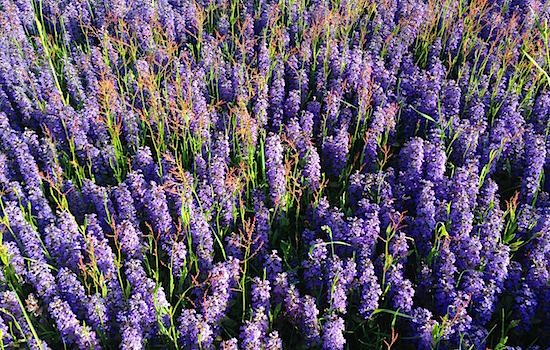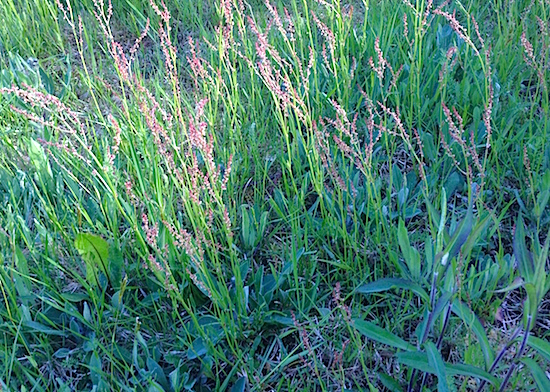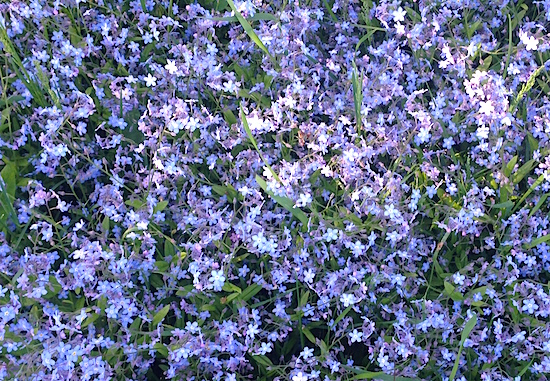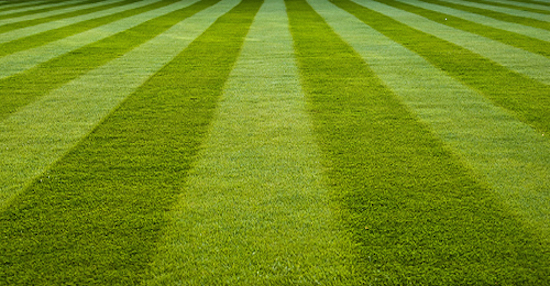15 Jun The strange compulsion to mow
I think I’ll mow the lawn tomorrow, because who wants to live with an untidy mess like this…

Or this…

Or this…

Or this…

…when you could have unbroken ranks of equally sized, monochrome spikes?

(Each of these pictures, except the last, was snapped today, within 20 feet of my back door.)
What is this strange compulsion (from which I am by no means immune) to tame the wildness and colour that would otherwise enliven our yards?
The writer and gardener Katherine S. White described the lawn as, “a soft mattress for a creeping baby” that adds, “restful green perspectives” to the land, but she was being generous to a fault. None of the grasses in a typical lawn is native to North America. The cost, waste, and environmental destruction caused by the fertilizers, pesticides, gasoline, and water consumed in their cultivation are well documented.
Something deeper in the brainstem is afoot with our love of lawns. Is it a psychological vestige of the moat?
Lawn historian (!) Virginia Scott Jenkins does indeed trace the lawn’s origins to aristocratic mansions of Old Europe. Before the industrial revolution, maintaining vast expanses of uniform grassy carpets required conspicuous expenditure of money and labour. The invention of the lawnmower, combined with US Department of Agriculture research and arduous promotion by the US Golf Association, brought this symbol of conspicuous consumption to the post-war North America suburb, where it flourished to the point of compulsion.
But enough social history. I got an able new Husqvarna mower last year. It’s a humdinger—just the thing to make short work of those unsightly weeds.
